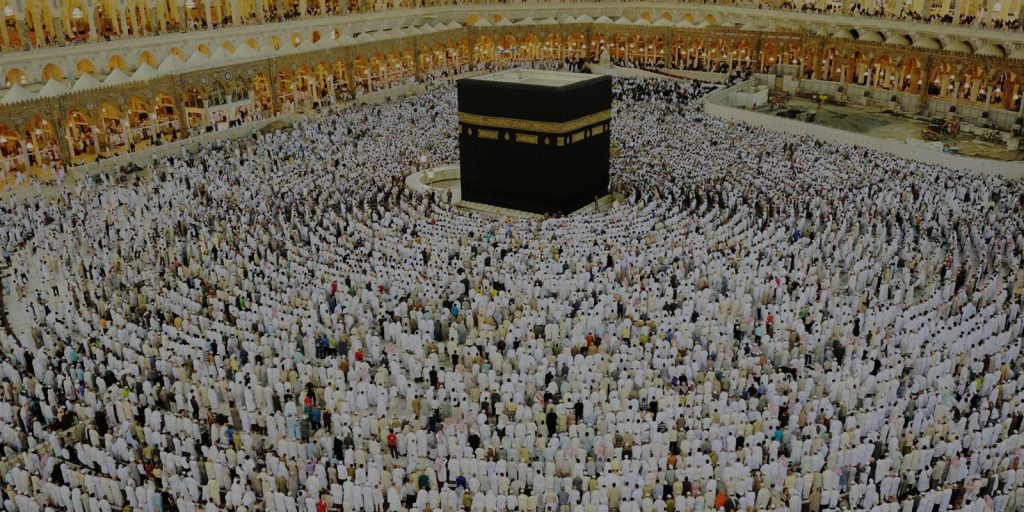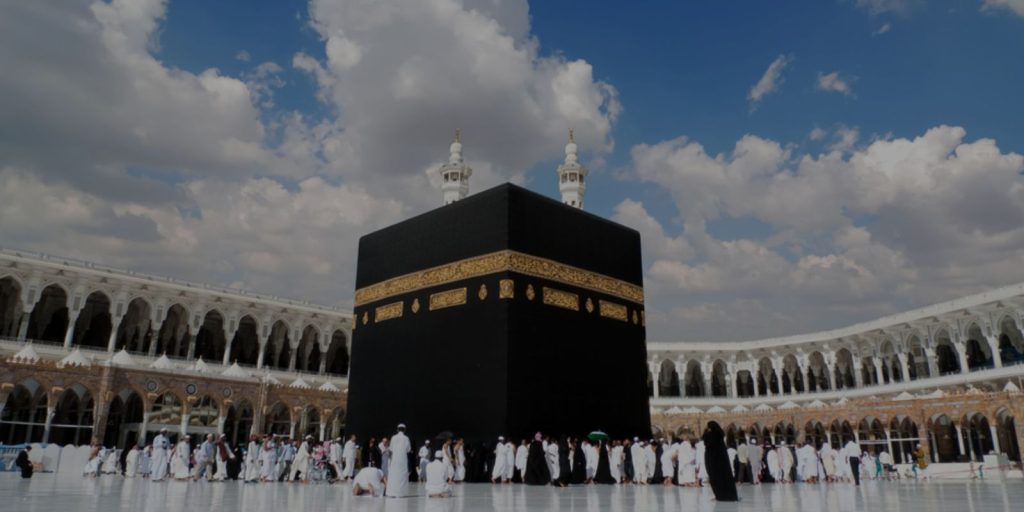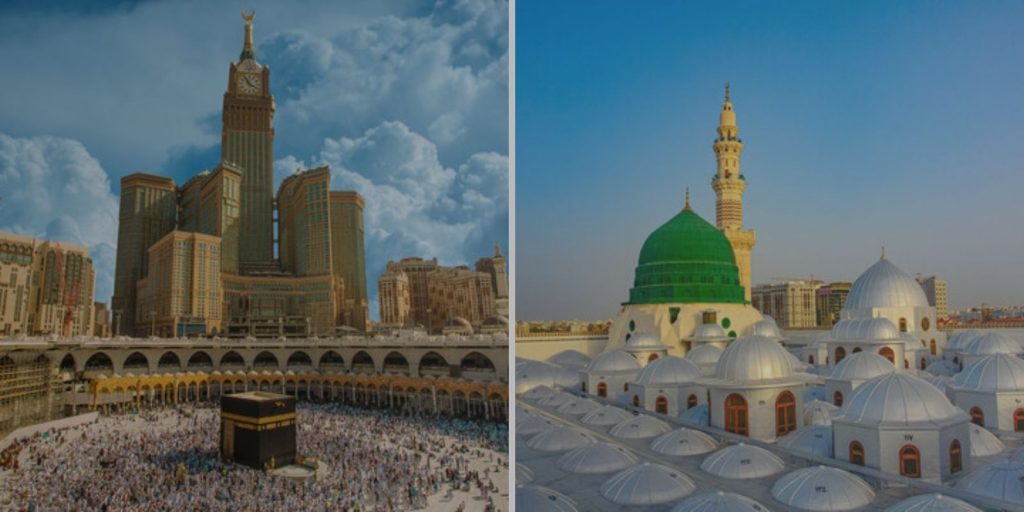The Difference Between Hajj And Umrah
Understanding Hajj and Umrah
The difference between Hajj and Umrah lies in their significance and obligatory nature within the Islamic faith. We are sacred pilgrimages embarked upon by devout Muslims in search of the advantages of Allah and spiritual rejuvenation. These trips maintain the promise of forgiveness for sins and are essential acts of worship. While each Hajj and Umrah share positive rites, they vary considerably in their observance and stage of significance. This article delves into the nuances of Hajj and Umrah, highlighting their distinctions and importance.
Table of Contents
Hajj: The Major Pilgrimage

Hajj, one of the five pillars of Islam, is an annual pilgrimage with deep historic roots. The rituals accomplished during Hajj had been hooked up by using Prophet Muhammad, although their starting place may be traced returned to Prophet Ibrahim. These rites, undertaken in Mecca, represent submission to Allah and bring fantastic spiritual benefits.
Umrah: The Minor Pilgrimage

Umrah, often referred to as the “minor pilgrimage,” is a journey to Mecca that can be undertaken at any time of the year. It serves as a means of cleansing and seeking forgiveness for past wrongdoings. Performing Umrah is highly recommended in Islam, as it acknowledges Allah’s benevolence and mercy.
Differences Between Umrah and Hajj

Significance
Hajj holds a distinct position as an obligatory pilgrimage, while Umrah is recommended but not mandatory. Every physically and financially capable Muslim must undertake Hajj at least once in their lifetime, in contrast to Umrah, which is not obligatory.
Timing
Hajj is observed during the month of Dhu al-Hijjah, specifically between the 8th and 12th days of the lunar calendar. Umrah, on the other hand, can be performed at any time throughout the year.
Obligatory Acts
Umrah involves assuming Ihram, performing Tawaf (circumambulation), Sayi (walking between Safa and Marwa), and shaving or trimming hair. Hajj’s obligatory acts encompass assuming Ihram at Meeqat, standing on Arafah until sunset, spending the night at Muzdalifah, stoning the Jamarat, and performing farewell circumambulation, among others.
Time Required for Rituals
Umrah rituals can be completed within a few hours, while Hajj demands a longer period of around five to six days due to its intricate rites and rituals.
Pillars of Hajj and Umrah
Hajj is characterized by four pillars: Ihram, Sayi, Waqfat, and Tawaf al-Ifaadah. Umrah has its distinct set of four pillars: Ihram, Tawaf, Sayi, and Tahallul.
Conclusion:
While both Hajj and Umrah share a common thread of seeking Allah’s blessings and forgiveness, they diverge in terms of obligation, timing, rituals, and significance. Hajj stands as a mandatory pilgrimage, rich in history and rituals, whereas Umrah offers a more flexible means of worship. These journeys symbolize the devotion and faith of millions of Muslims worldwide, making Hajj and Umrah integral aspects of Islamic practice.
